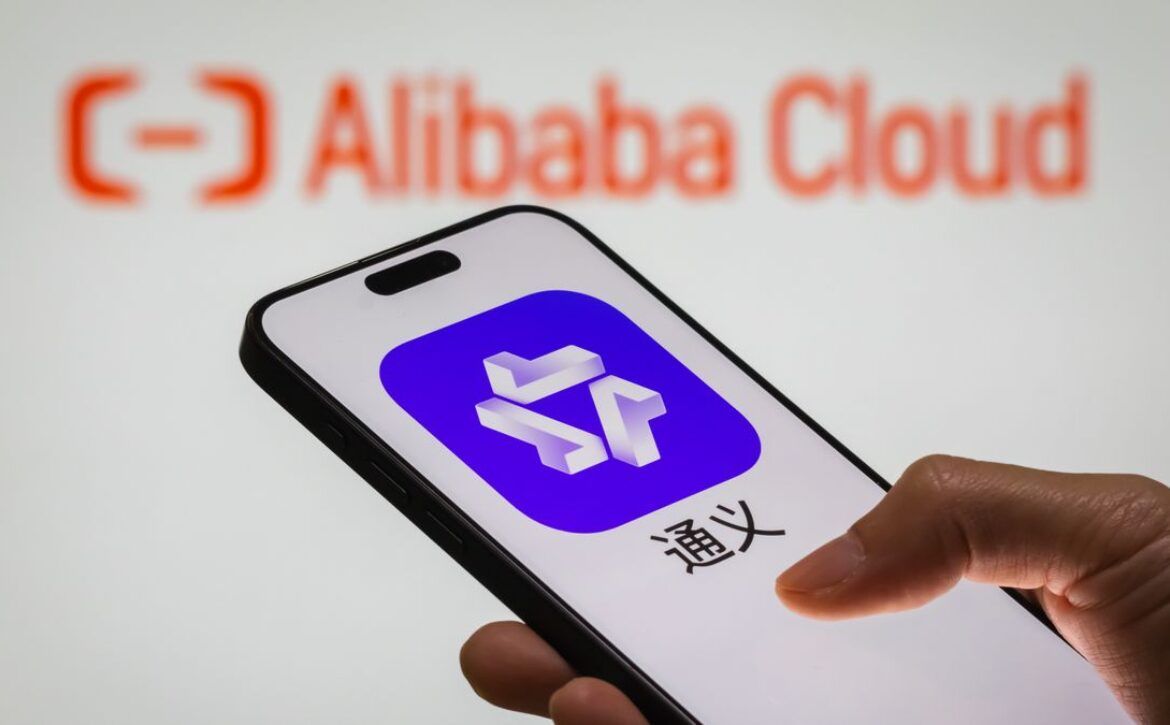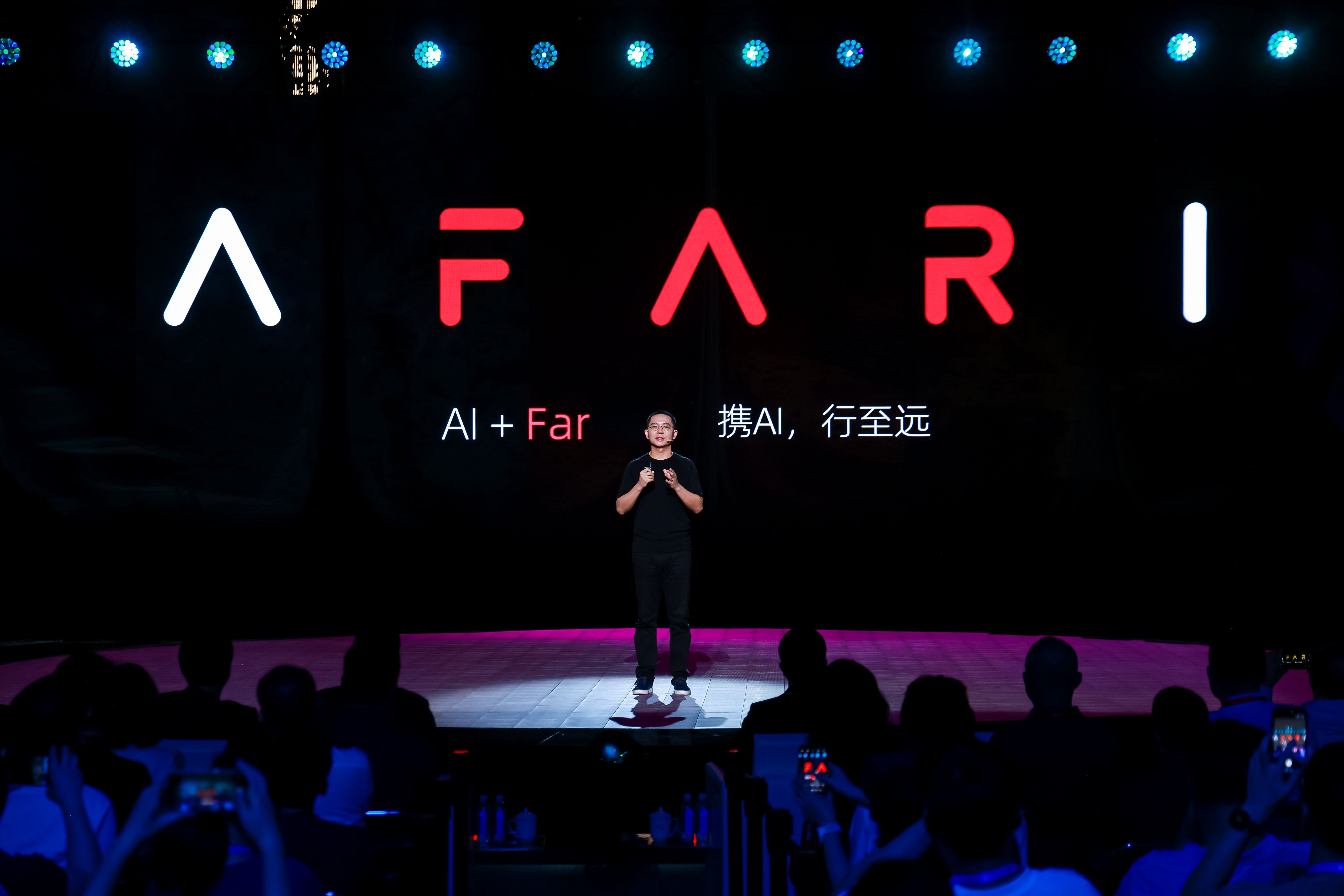
To Avoid Trademark Conflicts, vivo Will Launch A New Sub-Brand 'JOVI' in Brazil
Want to read in a language you're more familiar with?
vivo will launch a new sub-brand 'JOVI' in the Brazilian market, and plans to release three smartphones: JOVI V50, JOVI V50 Lite 5G, and JOVI Y39 5G.
vivo will launch a new sub-brand 'JOVI' in the Brazilian market, and plans to release three smartphones: JOVI V50, JOVI V50 Lite 5G, and JOVI Y39 5G. Currently, some information about the JOVI Y39 5G can be seen on the benchmarking website Geekbench. The phone is equipped with an octa-core processor with a maximum clock speed of 2.21GHz and Adreno 613 GPU. It is expected to be powered by Qualcomm Snapdragon 4 Gen 2 mobile platform designed for entry-level markets.
In addition, vivo will also introduce electronic products such as tablets and smartwatches under the JOVI brand to cater to overseas markets, confirmed by internal employees of vivo.
In China, Jovi is the name of vivo's voice assistant. The launch of sub-brand 'JOVI' in Brazil by vivo is aimed at avoiding trademark conflicts with local operators in Brazil. It is reported that Spanish telecom company Telefonica and Portuguese telecom company PT established Brazil's largest mobile company brand VIVO in 2002, which holds around a 30% market share locally.
A vivo employee Liu Lang revealed: "JOVI is actually just a branding strategy; currently there are no new products planned internally for it, most new products will still use existing ones with modifications.
Thanks to the opening of multiple product lines overseas this year, vivo performed well in the overseas market in 2024. According to research agency data, in the third quarter of 2024, vivo's global market shipments reached 27 million units, ranking among the top five globally with a sales share increase of 22.8% compared to last year. In markets such as India and Indonesia, vivo has also been able to maintain a long-term position in the top three.
An employee from a certain mobile phone manufacturer's strategic department stated: "This year, vivo advocated for an ocean warfare strategy overseas by opening multiple product lines. Although there is a noticeable increase in shipments, it can be felt that the operation is not stable enough and price competition may occur."
From an internal strategy perspective, Brazil is seen as vivo's next growth point in the overseas market.
As one of seven countries globally with a population exceeding two billion people, Brazil holds strategic importance. Influenced by Brazil's "consumer rights protection," vivo had not previously entered the Brazilian market through public channels. Liu Lang said: "Currently vivo is preparing plans to build factories in Brazil and results will soon be available.
Samsung and Lenovo, which lead the market share in Brazil, have set up factories there early on. Apart from Xiaomi, which has an assembly plant in Brazil, OPPO is also preparing to establish a factory locally. In terms of timing, it is clear that vivo entered the game later.
SEE ALSO: vivo Releases A New AI Strategy, “PhoneGPT” Debuts
As the head of the Latin American market, Hu Baishan had sent personnel to conduct surveys in the Latin American market as early as the beginning of 2024. He emphasized the importance of the Brazilian market again at a mid-year internal meeting. After this meeting, vivo began to send employees one after another to be responsible for local research and factory construction work. Currently, there are about 25 people in the team.
"Latin America has been divided into two parts by vivo. Brazil is one battleground and operates as an independent national company like India and Indonesia; while other countries form another battleground," said Liu Lang.
At the same time as splitting up operations in Latin America, Feng Jialiang who was originally responsible for overseeing all of Latin America was reassigned to oversee overall matters in the Brazilian market. The previously idle Indian agency was also merged into the Brazilian national company.
To enter Brazil, you need to overcome three major obstacles: finance, taxes, and laws. This requires the simultaneous support of people and money. It will take at least a year for vivo to establish itself in Brazil," said Liu Lang.
"It will be around the second quarter of next year when the company launches products in the Brazilian market."
For vivo, it is difficult for the domestic market to provide expected growth. The overseas market remains a blue ocean. Recently, Hu Baishan, Executive Vice President and COO of vivo, told the media: "vivo can grow by more than double overseas. In fact, it can even grow close to twice its current size. The future growth space for vivo lies in overseas markets.
SEE ALSO: Huawei Signs Global Patent Cross-Licensing Agreement with vivo and Amazon





